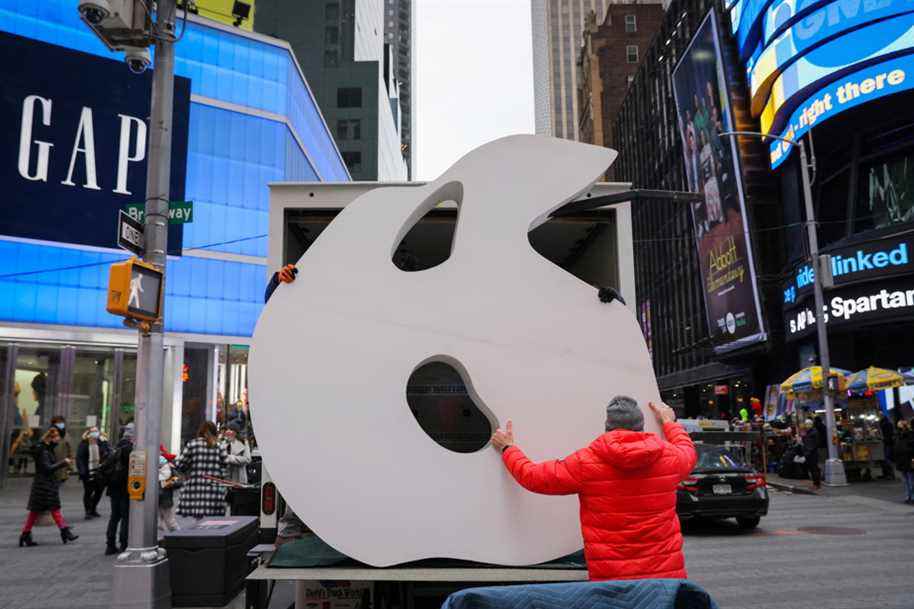(Washington) Canceled Christmas shows, cruises to avoid, planes unable to take off: the Omicron variant has already wreaked havoc in the United States, and could contribute to the shortage of workers, or even to the vertiginous rise in prices, which is experiencing the country.
“We are starting to see the first signs of the impact of Omicron on the economy”, mainly in services, explained Oren Klachkin, economist for Oxford Economics, in an interview with AFP, citing in particular bars or restaurants .
The world’s largest economy hoped to finally be able to watch COVID-19 in the rearview mirror, but on the eve of the new year, the virus is once again playing the spoiler. The extremely contagious Omicron variant, which appeared a month ago, is causing the number of new cases to skyrocket.
This even pushed the American health authorities (CDC) Thursday, to advise against cruises, noting that “the risk of contracting COVID-19 […] is very high ”, even for the vaccinated.
In fact, 5,013 cases were reported in US territorial waters between December 15 and 29, compared to just 162 between November 30 and December 14.
However, it is still difficult to quantify the economic consequences of this variant, “especially since it is the end of year holiday season, which itself has an impact on the data”, detailed Oren Klachkin.
Moody’s analysts recently lowered their growth forecast for the 1er quarter because of Omicron, counting on about 2%, against 5% previously anticipated.
“Amplified by Omicron”
This “fear of contagion” and the decline in restaurant reservations “are only part of the equation,” economist Diane Swonk of Grant Thornton warned in a tweet.
It is now complicated to find manpower because of the number of sick people, “it is not new, just amplified by Omicron”, underlines the economist.
This lack of workers, due to the very many quarantines after a positive test or contact with an infected person, risks paralyzing a large part of the economy.
“We are seeing the beginning of what I fear, and clearly the CDC too”, namely “an increase in the number of people who are sick, and who are therefore unable to operate even essential services”.
Air transport is thus experiencing difficult days, with cancellations by the thousands, as the number of flight personnel placed in isolation is high, at the very moment when Americans are moving en masse for the end of the year holidays.
To limit absences, Joe Biden’s administration decided on Monday to reduce the recommended quarantine period from ten to five days.
Because this lack of manpower risks worsening a situation that has lasted for months: there are not enough workers in the United States to fill all the vacant positions, in particular because of the very many early departures in retirement since the start of the pandemic.
“Modest” impact on inflation
“We expect the labor market to continue to recover in 2022, with around 5 million new jobs created, or just over 400,000 per month,” anticipates Nancy Vanden Houten, economist for Oxford Economics.
However, she emphasizes, “that does not mean that there will not be a shortage in certain sectors”.
The unemployment rate and the number of jobs created in the United States in December will be announced on January 7.
Some economists also fear that these disturbances worsen inflation which is at its highest since 1982, the variant disrupting manufacturing and transport on a global scale.
“There is a real risk that the variants are now more inflationary than disinflationary,” explains Diane Swonk. However, as a first step, the rise in the prices of services and energy “could soften” with falling demand.
Mark Zandi, chief economist for Moody’s, puts him on a “modest” impact of Omicron on inflation.
“Companies have made significant progress in alleviating bottlenecks in the global supply chain,” he says.
Moreover, “even if more workers fall ill […], they should, being less severely affected, return to work more quickly, especially since the CDC recently reduced the recommended isolation period ”.
